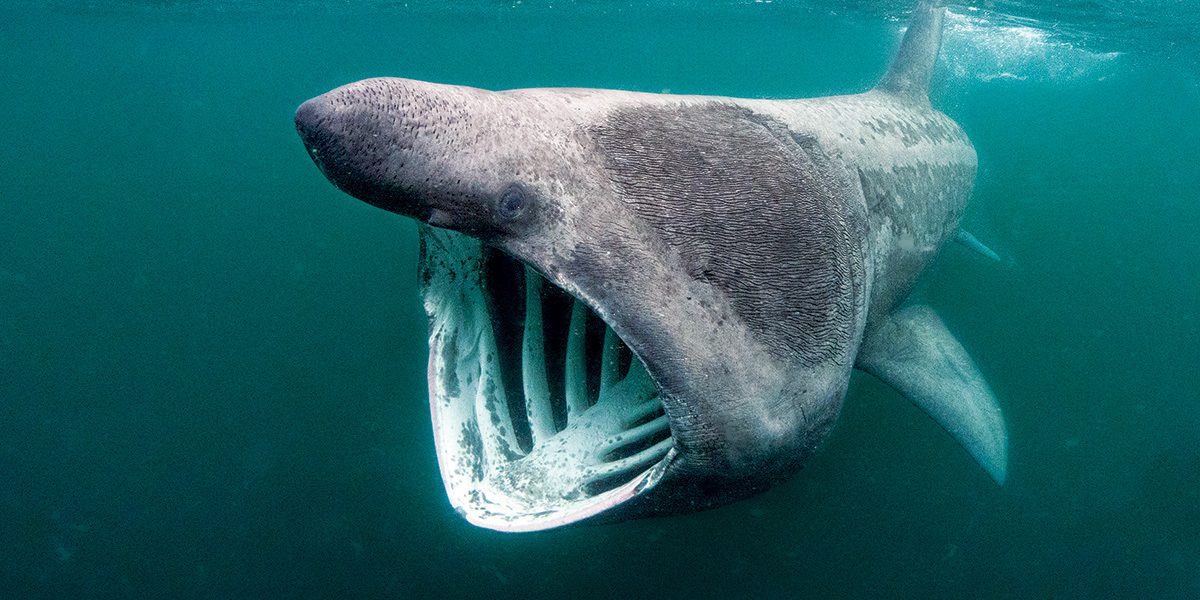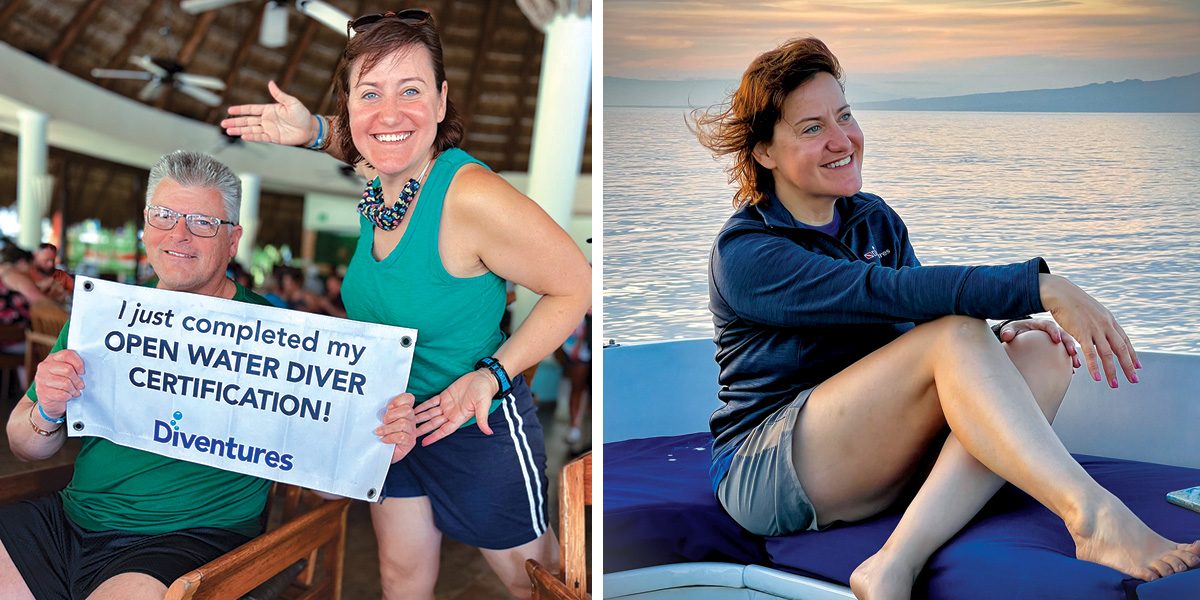Basking Shark vs. Whale Shark
Whale sharks are easy. Basking sharks are hard. Whale sharks usually inhabit warm, tropical waters, while baskers prefer cooler, temperate regions.

Whale sharks are easy. Basking sharks are hard. Whale sharks usually inhabit warm, tropical waters, while baskers prefer cooler, temperate regions.

Young women beginning their careers as dive instructors regularly ask me how to be heard on a dive boat. Their experience is that guests don’t naturally listen to their directions. The dive industry has improved, and I don’t want to downplay the vast improvements that have already happened for women dive professionals. But this is a common question, so it remains relevant.

To pee or not to pee? That is not the question for technical divers, instructors, or others who spend long hours in the water. Proper hydration and comfort ensure that urine will flow. The question is, What’s the best way to handle it?

One of the world’s most destructive invasive species is gaining new ground — or water — in Canada and up to Alaska. Carcinus maenas, which translates to “raving mad crab,” outcompetes many local crab species in devouring clams, oysters, and mussels, and they sometimes even eat other crabs and juvenile fish. They destroy seagrass, an essential habitat for juvenile salmon, herring, rockfish, and many other marine animals.

Imagine waking up in the early hours of the morning at your favorite dive site. The sun hasn’t quite peaked above the horizon, and light is minimal. You don your dive gear, grab your camera, and giant stride off the back of the boat to begin your descent into the dimly lit ocean.

Over the years I have often admired Gerald Nowak’s underwater photos. There is so little overlap between the markets available to European versus North American photographers, however, that I did not know the backstory of his career. A recent phone call rectified that.

Q: I recently had an eye stroke. Can I still dive after it has been resolved? A: The main concerns with an eye stroke (central retinal artery occlusion, or CRAO) […]

On Sept. 2, 2019, the small passenger vessel Conception burned to the waterline off Santa Cruz Island, California, killing 34 people. This wasn’t the first liveaboard fire, but the fearful reactions to this deadly tragedy echoed throughout the scuba industry. Liveaboard fires that have occurred since this incident have further fueled industry concerns.

Many divers are proud to be comfortable in the water and sometimes push their limits on air consumption, exceed their bottom time, or take one last shot of a big fish with a camera or spear before ascending. Some of them develop reputations in the dive community for being competent divers by looking cool and experienced while taking little risks. It may start small but snowball into making poor decisions for which the price you pay is not worth the reward.

Scuba diving demands not only physical fitness but also proper nutritional preparation. Like with any activity, we expend energy while diving; surprisingly, the energy required for routine recreational diving is somewhat moderate. Under unusually strenuous recreational conditions, however, it’s possible to burn more than 500 calories.
